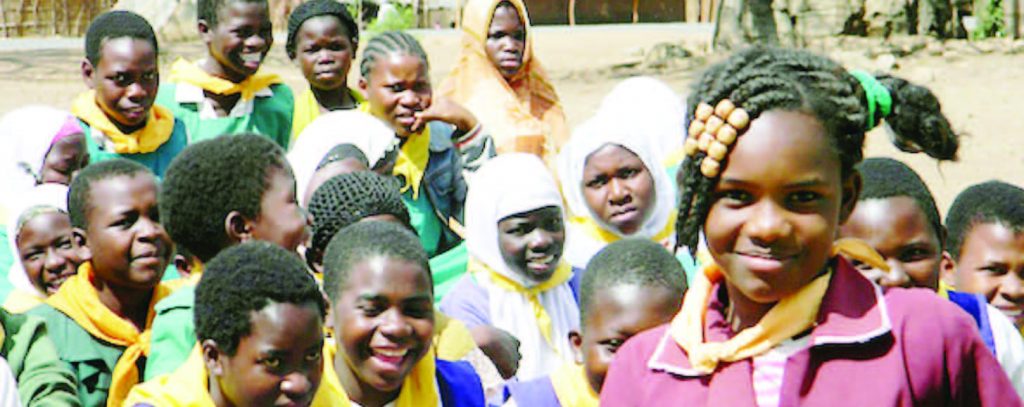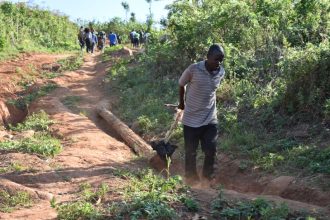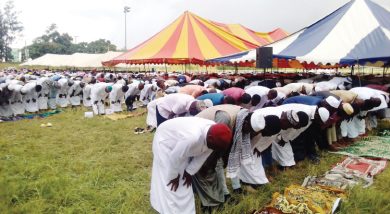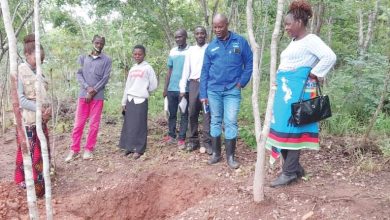Saving girls from a familiar pitfall
Ending child marriage in Malawi is an uphill task with nearly half of all girls already married by the age of 18 while a third of those aged 15-19 have begun childbearing, accounting for a quarter of all pregnancies (Malawi Demographic Health Survey 2016). Saving girls from the problem is slowly gaining traction as our Staff Writer JAMES CHAVULA reports:

Nancy, 16, dropped out of school to marry a month before the discovery of the coronavirus outbreak in December 2019.
The teenager noticed that she was pregnant just when news about the pandemic reached Molotosi Village near Mitundu Trading Centre south of Malawi capital, Lilongwe.
She was three-months pregnant by March when the outbreak across southern Africa compelled the Government of Malawi to close all schools a week before the fast-spreading virus was confirmed in the country.
“When I started experiencing signs of pregnancy, I told my friends to inform my mother. My parents approached my boyfriend’s parents and he accepted to marry me,” Nancy recalls.
In these parts of Malawi, it is commonly accepted that any girl who gets pregnant is old enough to marry though Nancy was only 15.
The practice forces girls into child marriages, yet the Constitution of Malawi outlaws marriages involving boys and girls aged below 18.
Nancy endured harsh treatment from in-laws, who accused her of tricking her 19-year-old partner, who was in secondary school, into marriage.
During the short stint, Nancy, who moved in without any luggage, used to wear her sister-in-law’s clothes.
“Even food was being provided by his parents and relatives. We couldn’t fend for ourselves because we were young and unemployed. That’s when I realized that marrying young is just jumping from one problem to a bigger one,” she says.
Nancy walked away when Doreen Munkhondya, community child protection officer in Mitundu, approached the couple to terminate the illegal marriage. She gave birth to a baby boy in September 2020. While her classmates returned to school the following month, Nancy was haunted by complications of an obstructed childbirth.
“I was in agony after giving birth at Mitundu Community Hospital. My womb was rotting due to an infection. The stench prompted my mother to take me to Mlare Catholic Hospital where health workers immediately took me to an operation room to clean my womb,” she explained.
Nancy was determined to return to school despite the pain of childbearing. “The school term went by. I couldn’t walk or go out of my bedroom. I stayed indoors for two months,” she says. Nancy finally returned to class in January 2020, leaving her five-month-old son in her mother’s care.
“My friends and teachers were happy to see me back after so long. They told me no one is too old to learn,” she states.
Nancy’s mother, Onalia agrees that her daughter was too young to marry and have a baby. “It was devastating. A child cannot safely give birth and care for a fellow child. No wonder she experienced birth complications,” she says.
Onalia now calls for an end to the tradition of forcing pregnant adolescents to marry instantly, saying teen mothers should go back to school after giving birth.
Nearly half of all girls in Malawi are already married by the age of 18 while a third of those aged 15-19 have begun childbearing, accounting for a quarter of all pregnancies (Malawi Demographic Health Survey 2016). A third of all new HIV infections in 2018 were among young people aged 15-24.
Limited sexuality education, prevailing myths and misconceptions associated with contraceptive use derail efforts to address adolescent fertility in a country where adolescent fertility is high.
With support from the Swedish Government, Unicef, Unfpa, WHO, UNAids and the Government of Malawi are delivering an integrated package of sexual and reproductive health services, HIV sensitive interventions and sexual and gender-based violence prevention. This joint programme is being implemented in areas where teenage pregnancy, HIV, sexual and gender-based violence are high to help young people like Nancy make informed decisions about relationships and sexuality as well as provide care and treatment to adolescents living with HIV.
Nancy is now preparing for Primary School Leaving Certificate examinations, hoping to get selected to a good secondary school. Meanwhile, Dorothy Munkhondya cycles from one village to another to ensure every child is safe. The child protection worker, trained by Unicef in partnership with the district social welfare officer, says she found Nancy weak and bed-ridden from the pain and complications of early childbirth in the rural locality, where child marriages and teen pregnancies remain rampant.
“In Mitundu zone, over 200 children quit school during the pandemic, with almost 80 falling pregnant and about 100 getting married during the pandemic. Nancy was cooperative and quickly accepted to return to school. She has learnt from her experience,” Munkhondya explains.
The visit mirrors the benefits of the case management training, which helps her identify entry points and handle complaints faster than before.
“When I learned about Nancy’s dilemma, I quickly figured out how to approach her and the parents. We can do better if parents and chiefs take a leading role in safeguarding children,” says the social welfare official.






One Comment